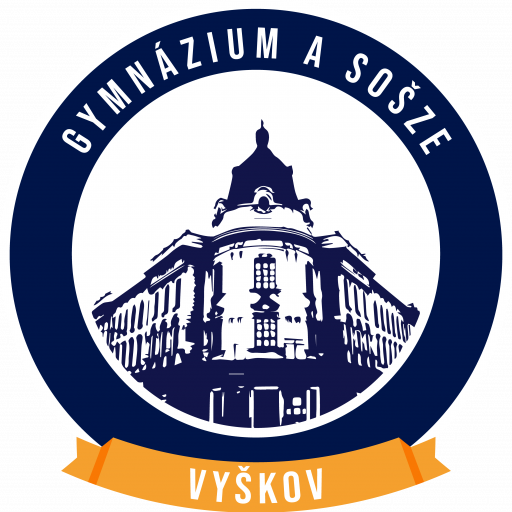The initial preparations for the establishment of the Gymnasium Vyškov began in 1896, when the Gymnasium Matica Organization was created. Its task was the establishment of a gymnasium type school in Vyškov, in which the lectures would be given in Czech language. A permit from Vienna, from the Ministry of Culture and Education, was granted to the Matica on 15th May 1899, under the condition that the school would be private and therefore would not require state financing. In July of that year, the first headmaster, prof. František Teplý, was appointed. He remained in office for an extraordinary period of 31 years.
The schooling began on the 18th September 1899 in the premises of the archbishop castle, with total of 121 pupils attending. However, it soon became obvious that the borrowed premises could not provide sufficient amount of space to satisfy the needs of the growing school, and so the Matica reached the decision to build its own building. The builders performed an extraordinary feat when they built the art nouveau building, still one of the architectonical gems of the today’s Vyškov, in less than 12 months. The new building was consecrated by archbishop Kohn on the 21st September 1902.
From the very beginning of the school’s existence, the Matica had strived to have the Gymnasium turned from a private into a public school. The organization succeeded in 1910, through a decree of Franz Joseph I of Austria.
Throughout the first decades, the gymnasium’s Modus Operandi could be described as classical, with Latin and Old Greek being the dominant subjects. Since 1924, the approach had been shifting towards modernization, French being taught instead of Greek, number of Latin lessons having decreased and descriptive geometry being introduced.
During its nearly one hundred year long existence, the school had to abandon its premises twice, both occasions being caused by the world wars. First, the school had to make way for a military hospital, then a district hospital. It wasn’t until 1951 that the building was returned to the original owner – the school.
Twice, the school was nearly closed – first when, during the German occupation, Nazis targeted not only higher but also secondary education, mainly the gymnasiums. And then in the 1950s, when it was replaced, in the name of the so called united schooling, by the eleven year school cycle and a higher three year level, which was but a parody of the original gymnasium style schooling. Its evolution then progressed through the phase of the secondary general education school up to the year 1968, when the gymnasium and its four year cycle were reinstated. Fortunately, the gymnasium also survived the period of normalization, when subjects of specialized, technical preparation and specialized practical subjects were introduced into the study plan, a step that inevitably took its toll on the amount of language lessons and humanities.
In the 1990, the multi-year cycle gymnasium was reinstated (first seven year cycle and from 1996 an eight year cycle). Due to the lack of space in the historical building on Komensky Square, the gymnasium had to rent ten classrooms in one of the pavilions of the Purkyňova Elementary School. The lower classes (first to fourth year) of the eight year cycle are housed in these premises. Today, therefore, the gymnasium provides education within the framework of either a four year or an eight year cycle.
PaedDr. Ivan Pokorný
